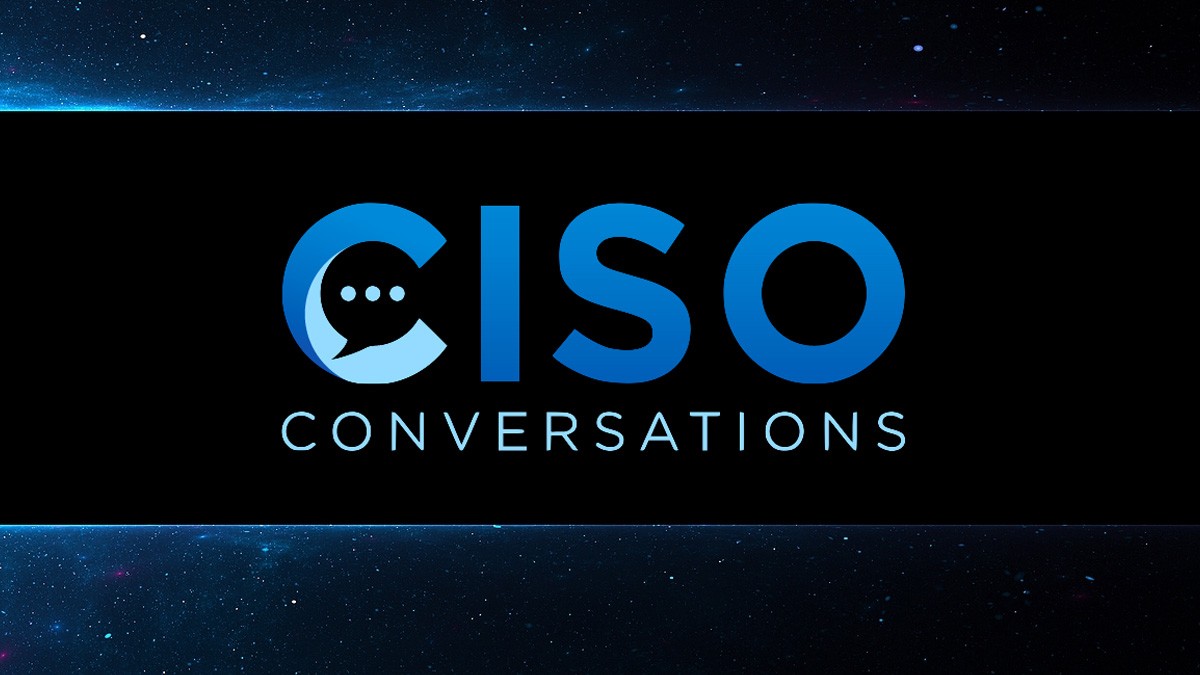CISO Conversations: HP and Dell CISOs Discuss the Role of the Multi-National Security Chief
HP and Dell Technologies are two of the world’s largest international computer manufacturers. Their CISOs, Joanna Burkey (HP) and Kevin Cross (Dell), both manage security teams comprising many hundreds of people, and are responsible for corporate security across multiple jurisdictions. The role of CISO is different for a multinational corporation compared to a national company.
Reporting and budget
Historically, the CISO reports to the CIO, and this remains the most common reporting structure. Not all CISOs agree with this because of the inherent conflict of interest between IT and security. Both Burkey and Cross believe it is right for some companies, but wrong for others.
There’s no one size fits all solution to the hierarchy issue, says Burkey. “Every company has a different culture and different value prop; and it is these that determine the right location for the CISO.”
Cross has a very similar view. “There is no right or wrong answer to this,” he says. “It is dependent on the company culture and the business landscape how things should best be structured.” Supporting this, he notes that Dell’s structure is slightly unusual. “I report to a chief security officer who reports to general counsel, who reports to the CEO.” A stronger than usual integration with Legal could be considered important for a firm working across multiple jurisdictions with different privacy and data security requirements.

Budget is always an issue for any CISO – getting sufficient funds to do what is important. One of the weaknesses in having the CISO report to the CIO is that it is still common for the security budget to be taken as a percentage of the IT budget. But security has grown beyond IT alone.
“Cybersecurity is a strategic horizontal in most enterprises,” comments Burkey. “Cyber is important everywhere and it is really important that the funding model and the financial partnerships for cyber span the enterprise.”
Achieving this is complex and governed by the individual business landscape. “I’ve seen different models that can work,” she continued. “Budget could be received from a single source, such as the CFO or CTO, but…

